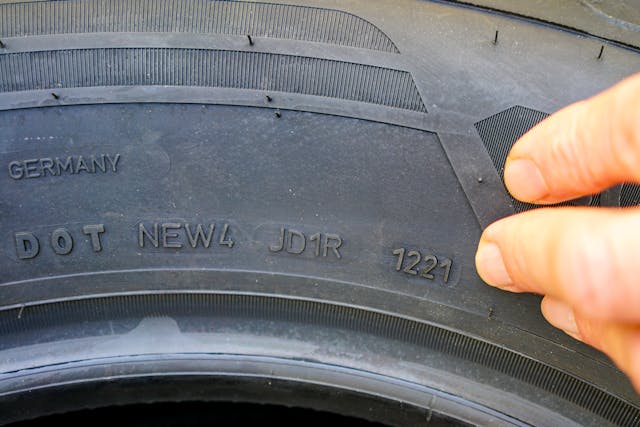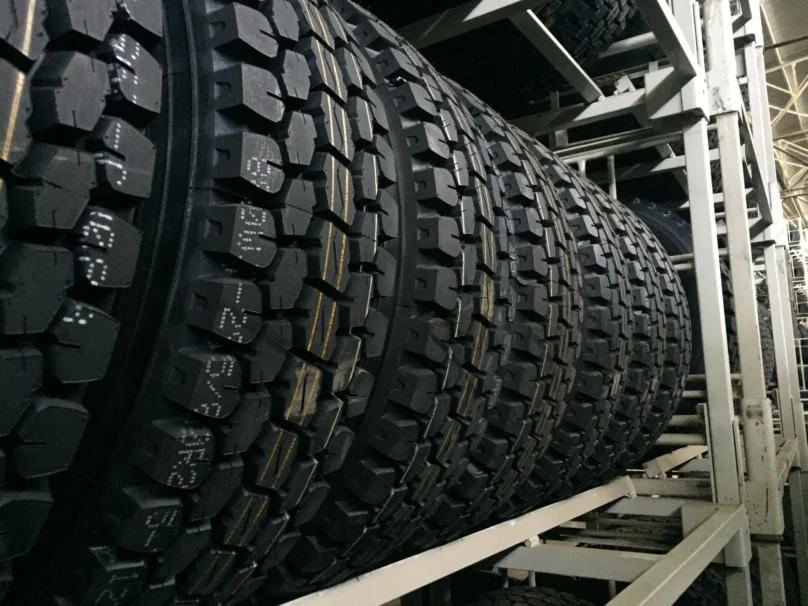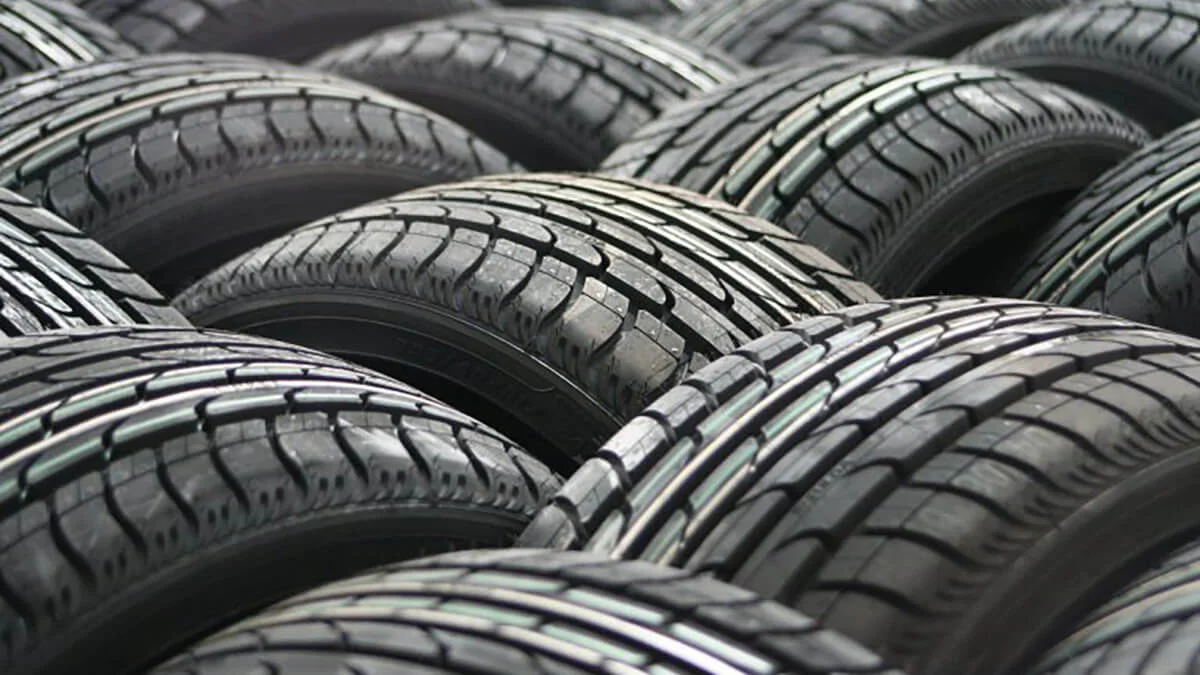When it comes to car maintenance, buying tires can be a significant investment. Opting for used tires can be a savvy financial move, but it’s not without its risks. To ensure you’re getting the best bang for your buck without compromising safety and reliability, you need to know what to look for. This comprehensive guide will navigate the complexities of buying used tires, providing you with the essential knowledge to make an informed decision.
The allure of used tires is strong, especially when you consider the potential savings compared to new tires. However, the process can feel a bit like a treasure hunt, particularly when you’re in the market for specialized types like winter tires. Understanding the basics of buying used winter tires is a great starting point and can help you apply similar principles to purchasing any used tire.
Table of Contents
Know the History

The life story of a tire provides critical clues to its current condition and future performance. When buying used tires, inquire about their history. How old are they? What kind of vehicle did they come from? What kind of driving conditions were they subjected to? Tires from a vehicle that was mostly driven on highways may have less wear than those from a city car that frequently started and stopped. Understanding the background can help you avoid tires with hidden damage or excessive wear.
Check for Legitimate Wear
Wear isn’t just about how much tread is left on the tire—it’s about how that tread has worn down. Even wear across the tire suggests it was used properly aligned and inflated. On the other hand, uneven wear could indicate alignment issues with the previous vehicle, which could transfer problems to your car. Thoroughly inspect the tires for uneven patterns like more wear on the inside or outside edges, which could lead to poor performance or require premature replacement.
Age Isn’t Just a Number

With tires, age can be a dealbreaker. Rubber deteriorates over time, regardless of how much the tire has been used. Look for the manufacture date on the sidewall of the tire, indicated by a four-digit number following the letters DOT. The first two digits represent the week, and the last two the year the tire was made. Generally, avoid tires more than six years old, as older rubber can become brittle and is more prone to failure.
Examine for External Damage
A visual and tactile inspection can reveal a lot about a tire’s health. Look for signs of damage such as cracks, cuts, bulges, or punctures in the tread and sidewall. These imperfections can compromise the tire’s structure and safety. Don’t forget to feel along the inner rim of the tire for any irregularities or embedded objects that could cause issues later on.
Tread Depth: Digging Deeper

Tread depth is a straightforward indicator of how much life is left in a tire. For most passenger cars, the legal minimum tread depth is 2/32 of an inch, but buying a tire this worn doesn’t offer good value or safety. Aim for tires with at least 4/32 of an inch of tread to ensure that they will be safe and functional for a reasonable period. A simple way to measure this is with a penny. Place it into a tread groove with Lincoln’s head facing down; if you can see his entire head, it’s time to pass on that tire.
Professional Consultation
When in doubt, bring a professional into the mix. If you’re serious about a set of used tires but want to make sure you’re making a sound investment, consider having them inspected by a tire specialist. This small additional cost can save you from a poor decision and help ensure the tires are safe and appropriate for your vehicle.
The Source
Where you buy your used tires can impact their quality. Purchasing from a reputable tire shop that offers some form of guarantee or certification on their used tires can provide additional assurance compared to buying from an individual or a less reputable dealer. Trusted shops typically inspect their tires thoroughly before selling them, which means you’re less likely to run into safety issues down the road.
Know What You Need

Before you start shopping, know the exact specifications for your vehicle’s tires, including size, load rating, and speed rating. This ensures the used tires you’re considering are appropriate for your vehicle’s performance and safety requirements. Mismatched tires can lead to handling issues, increased wear and tear on your vehicle, and potentially dangerous driving conditions.
Consider the Set
Ideally, replace all four tires at the same time to maintain even handling and traction. If that’s not possible, try to replace tires in pairs to keep the wear even. This is particularly important for all-wheel-drive vehicles where differing tread depths on tires can strain the drivetrain.
Price vs. Value
Finally, while saving money is the main attraction of buying used, ensure it doesn’t come at the cost of quality and longevity. It might be tempting to go for the cheapest option, but investing a little more in a better-quality tire can provide better value over time. Judge each tire not just on its price but on the safety and performance it will bring to your driving experience.
Buying used tires involves more than just picking the cheapest option available. It requires careful consideration, knowledge of what constitutes a safe tire, and sometimes a bit of professional help. By following these guidelines, you can navigate your way to a set of used tires that offers both quality and value, ensuring your vehicle performs safely and efficiently without breaking the bank.
Related Posts:
- How to Properly Store Your Photo Book Collection to…
- Unveiling 7 Most Dangerous US States 2024 - Stay Safe
- How Long Can Raw Chicken Sit Out? Until When Is It Safe?
- America’s Roads Are Safe - Unless You’re Walking:…
- At What Stage Is Relationships the Hardest? Insights…
- Stone Veneers for Outdoor Kitchens: Tips for Stylish…













